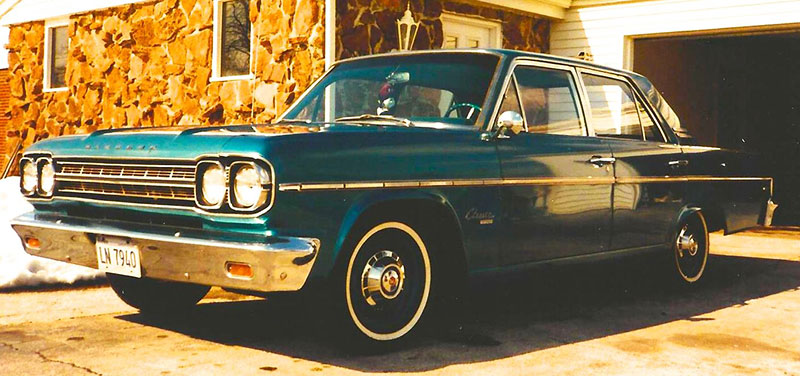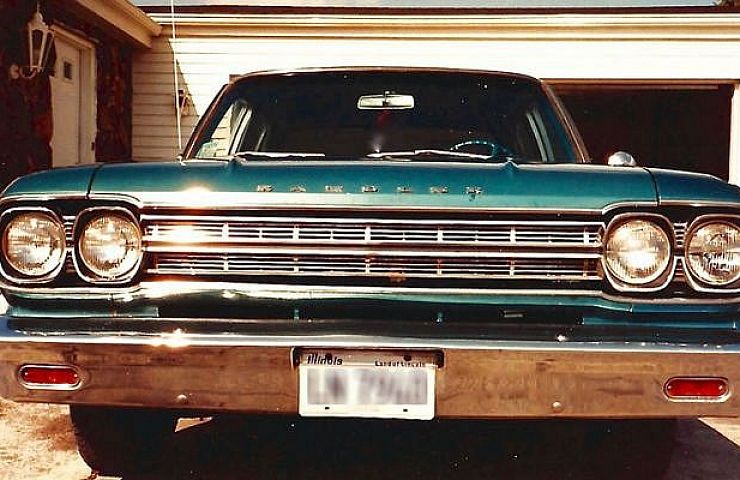Back in the pre-galvanized steel days, road salt could eat its way through the underbelly of a car in a single winter season. That’s why upper Midwesterners drove “beaters,” cars that were inexpensive and somewhat disposable.
During those days, my ceiling was $1,000. At that price, I had no qualms about pulling the plates and leaving the car on the side of the road if something went terribly wrong.
Twenty-five years later, I’ve raised the ceiling to $5,000 to account for inflation— but the same rules apply. There are plenty of good, reliable used cars on the market in that price range, assuming the buyer is willing to invest sweat equity into the search and restoration process.

I’ll never forget my 1966 Rambler Classic sedan. It was cheap, but it took me through seven Chicago winters.
Rules of the Road
In general, you will get more for your money buying a sedan versus a coupe because resale values are lower. Stay away from high-performance models for the same reason. You can get good deals from either private owners or dealerships, but with a private seller, you eliminate the middleman.
Communication is key, so you want to be ready with the essential questions for the seller:
- How long has the current owner had the car? The longer someone has owned the car the more they have emotionally vested in it. If possible, try to find out how many owners there have been since the car was new.
- Can the owner provide a paper trail of service and repairs?
- Has the car been in a collision severe enough that the owner had to file a police report? You can doublecheck a vehicle’s collision history online using the VIN number.
- Learn as much as possible about how and where the car has been driven. A car may have relatively low mileage, but still show a lot of suspension and tire wear if it has been driven primarily on uneven surface or unimproved roads. On the other hand, a relatively high mileage car might not be a bad deal if most of the miles were on the highway.
- Was the car stored in a protective environment such as a garage or carport, or on the street?
- Why is the current owner selling the car? Have the owner’s vehicle needs changed or does the vehicle have a history of mechanical problems?
Meeting the Car In Person
There are a number of steps you can take to make sure the actual vehicle looks as good as it did in the listing. First, take a clean piece of cardboard and put it under the car after your first drive. It’s the easiest way to check for leaks.
Visually inspect the exterior for signs of substandard bodywork, such as mismatched paint or uneven seams between the body panels. Check tire wear as well: uneven wear patterns could indicate something as simple as wheels out of alignment or bigger suspension problems.
Out on the road, listen for any unusual sounds that go beyond normal dash rattles. Make sure that the car tracks straight; listen to the engine for any indication of pinging or detonation; check for brake squeal or the sounds of worn out suspension components.
If you don’t have a lot of experience under the hood, try to find a good technician willing to take a second look.
Granted, these steps take time. But it’s worth the investment. My 1966 Rambler Classic sedan took me through seven Chicago winters. When I sold the car in the early 1990s, I got two-and-a-half times what I paid for it. I wouldn’t be surprised if that car was still tooling around the city, decades after it rolled off the assembly line.





